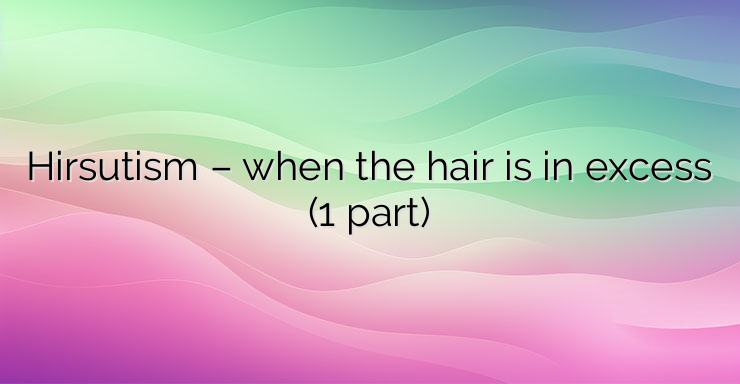Hey there! Let’s dive into the world of hirsutism and hair growth.
Imagine waking up one day and noticing more hair than usual on your face, chest, or back – something that’s more typical for men. That’s what hirsutism is all about – excessive hair growth in women, and it’s no walk in the park. The hair is usually thick and dark, and it can pop up on the face, chest, lower abdomen, back, and thighs. It’s not just about appearance; it could be a sign of an underlying issue. Getting to the root cause of hirsutism early on is crucial for effective treatment.
Now, let’s talk about how hair grows. Each of us has our own unique hair thickness, thanks to our genetics. Surprisingly, even though hair seems delicate, it can support the weight of 100 grams! On average, hair grows about a centimeter per month. And don’t worry if you see a few strands falling out every day; it’s normal to lose 50 to 100 hairs daily. Hair growth follows a cycle with different phases. The active growth phase, called anagen, lasts from 3 to 6 years, making up about 85% of our hair follicles. Then comes the catagen phase, a brief transition period lasting about 3 weeks. Finally, there’s the telogen phase, where the old hair falls out, making room for new growth. Yep, it’s a constant cycle.
Ever wondered why some people are hairier than others? Understanding the normal growth of hair can shed some light on it. Hair grows from follicles, which are found all over our bodies except on our palms, soles, and lips. We’re talking about over 50 million hair follicles in total, with about one-fifth of them on our scalp. And here’s a fun fact: after we’re born, the number of follicles doesn’t change, but as we hit around 40, it starts to decrease. Plus, the thickness of our hair can vary depending on our ethnic background. Men and women of the same ethnicity tend to have a similar number of follicles and hair structure.
Now, onto hirsutism’s causes. It’s not just one thing; there’s a whole range of reasons behind it. One major cause is the overproduction of androgens, the male hormones, by either the ovaries or adrenal glands. This can happen due to conditions like polycystic ovary syndrome (PCOS), tumors, menopause, Cushing’s syndrome, or certain medications. Androgens are present in both men and women, but women usually have lower levels. PCOS, for example, messes with hormonal regulation and can lead to hirsutism along with other symptoms like irregular periods and ovarian cysts.
In a nutshell, hirsutism isn’t just about dealing with unwanted hair; it could be a sign of something bigger going on in your body. Understanding how hair grows and what causes hirsutism can help you navigate this hairy situation better.


Leave a Reply